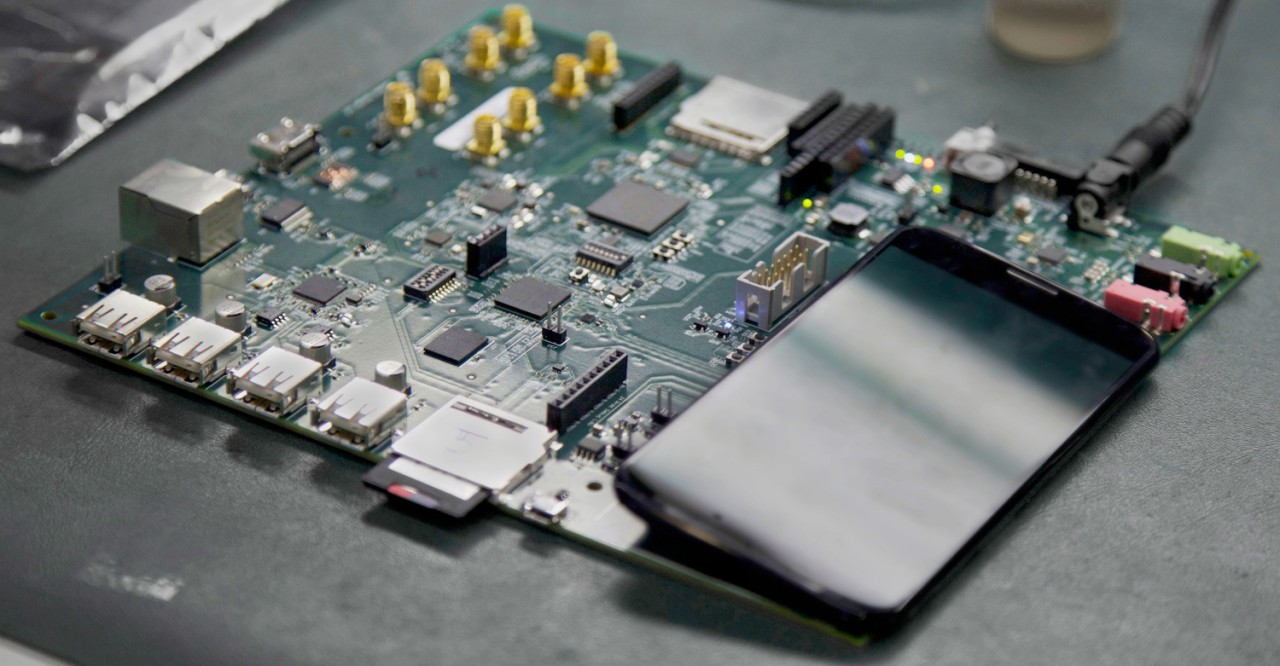Google is almost ready to ship dev kits for Project Ara, the modular smartphone concept from the company's ATAP division, to hardware developers. Google hopes the modular smartphone concept will someday allow users to replace and upgrade hardware components about as easily as you can swap out a removable battery. An entire ecosystem of innovative boutique smartphone hardware manufacturers could result from Ara, providing a change from the handful of large companies that control the market today. Making this system a reality is a massive challenge, but it seems that Google is making progress and is now taking requests for the developer boards, with a plan to ship later this month.
No one outside of Google has ever actually seen Project Ara work. The closest we've come was at Google I/O last month, where a prototype device was able to show the Android boot screen and half of the lock screen before crashing. The developer boards aren't in a smartphone form factor, though—they look to be about the size of a small PC motherboard and are only meant for hardware development and testing.
One of the developer boards is pictured above, but there are actually three separate pieces of hardware. One is the application processor board (basically smartphone guts), which runs the horrifically old (and no longer supported) TI OMAP 4460, the same processor that's in the Galaxy Nexus and Google Glass. Since this is "the smartphone part," it will need to run software, which Google only identifies as "modified Linaro Android." Ara needs to run on a fork of Android that supports things like hot-swapping hardware components and additional drivers for the hardware ecosystem. We're going to guess this is the board pictured above, which is quite a bit bigger than the final concept, but it's good enough for testing.
Read 4 remaining paragraphs | Comments
